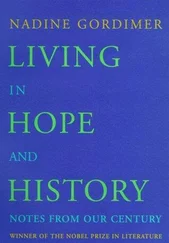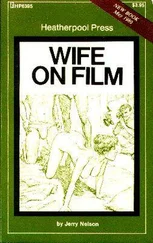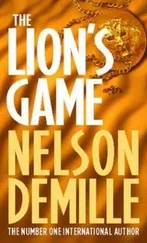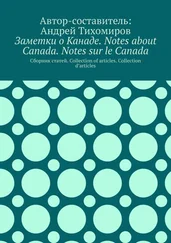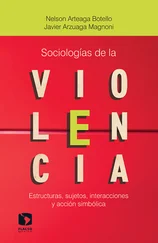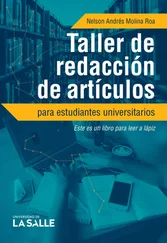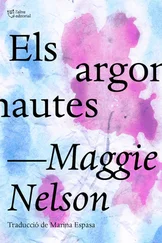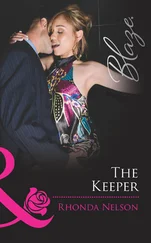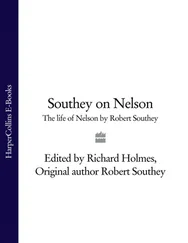On Saturday, Raymond Bellfort had stopped by the house to gauge any fallout from the sale of Vincent’s drug and to present his case. The gist was: The cost of studying each and every compound from the medicinal plants added to their arsenal would be prohibitive. For the most promising ones, they’d have to seek a pharmaceutical partner before they reached the clinical trial stage. Even at that, every Investigational New Drug carried risks, what with FDA requirements and the competitive business environment. So, sometimes they’d sell a product—like Peruvase —outright, before the work on it was completed.
Raymond appealed to Vincent saying, “Even with the carefully constructed work you do here in the lab, you can’t guarantee positive outcomes. If we get an early offer, if it’s a good number—and you have to admit in this case it was—we sell them the risk.”
Diane was relieved when Vincent and Raymond shook hands, agreeing to move on to the next project—the development of a compound from a plant Diane had found in Venezuela.
She had been on a collecting expedition more than three years before when she visited the Witochi, an Indian tribe that lived along the banks of Peru’s Maranon River, an Amazon tributary.
During certain tribal rituals, the men became raucously inebriated by sucking on nuts they called the balasi . Afterwards, they threw the nuts into the flames as an offering to the god who provided the trees on which the nuts grew.
The nuts were only permitted during special celebrations, and the tribal Shaman kept the trees’ whereabouts a secret.
The men delighted in these festivities. However, on the mornings after, some of them suffered colossal hangovers replete with demonic hallucinations. They wept and fell to the ground rubbing their faces in the ashes from the previous night’s fire. Then they tore at their flesh and begged the Shaman for more balasi nuts—hairs from the dog that bit them, as it were.
But instead of the nuts, the Shaman administered foliage from a plant he said grew near the balasi . The plant’s small, obvate-oblong leaves with bright yellow midribs instantly, miraculously cured the prostrate men of their hangovers.
It took two weeks for Diane to convince the Shaman that he could be responsible for doing great good in the world if he would give her some of the nuts and the curative leaves to take back to the States with her. When he finally relented, he not only gave her a generous supply of the nuts, but some dried, as well as fresh, specimens of the plant she later named the achimera .
The Shaman then shared with her an amazing fact: For several months after taking the hangover cure, the men were immune to the inebriating effect of the balasi nuts.
After returning home from that trip, Diane’s research team extracted several enzymes from the balasi nuts and the achimera leaves, and Vincent went to work.
At the time, he focused on one particular enzyme that showed promise, VZ13 . “We could have a cure for some types of addictions here, or maybe even prevention,” he had said. But then their funding came through for Peruvase and they shelved VZ13 (aka Chimeron )—until now.
Vincent parked in the multi-level visitors’ garage at the University of Texas Medical Branch in Galveston, and they walked along Market Street toward the Moody Medical Library. When they stopped to allow a campus shuttle—an antique streetcar—pass by, Vincent dug into the side pocket of his briefcase for a handful of index cards. He divided them into two piles, handing Diane the top half. They both giggled; they had played this game before.
The index cards contained a bibliography of science journal titles Vincent had compiled from the Internet. His investigation centered on the variants of the mu opioid receptors in the brain and the pharmacokinetics of certain drug toxicities in the central nervous system.
As they had done so many times in years past, the two of them would go through the library’s computers, on a sort of scavenger hunt, in search of the manuscripts. Then they’d print copies of the research. This would give Vincent a picture of findings already out there, saving him the trouble of reinventing the wheel.
Whoever completed their search first was the winner. And the winner got to ask for anything he or she wanted—within reason.
They entered the lobby of the library and took the elevator to the third floor. In the journal section, they established squatters’ rights at a remote table and dug in for three hours of intense research.
When Vincent checked the last of the items off his list, he playfully pounded his chest in a simian display of superiority—he had finished first. He helped Diane search for the last two items on her list. Then they packed up their copies and headed for the elevator.
When they reached the lobby, Vincent remembered that he’d left some of his materials at the copier upstairs.
“Wait here, I’ll go up and get them,” he said. He placed his briefcase on the information counter and hurried to the elevator.
Diane watched young people passing in and out the library doors and realized that she missed teaching. She still maintained email relationships with former students scattered around the world. But that wasn’t enough for her. She made a mental note to pressure Raymond regarding his promise to affiliate with a university.
Suddenly, she became aware of a commotion behind her. She turned to see the elevator doors opening and realized Vincent was causing the disturbance.
He emerged from the elevator behind a short middle-aged man who wore blue jeans, an orange T-shirt and a baseball cap and had a death grip on a briefcase under his arm. Vincent seemed to be chasing the gentleman toward her. The man hurried past Diane, tipped his hat in her direction and rushed out the door.
Vincent approached in a purple state of apoplexy. “Do you know him?” His voice was accusing.
“No. Why?”
That sonofabitch,” he said through clenched teeth.
“Should we call campus security? What did he do to you, Vincent?”
Vincent waved a hand toward the doorway as if dismissing the man. “He didn’t get much.”
“Much of what?” Diane checked to see that Vincent was still wearing his watch and wedding band.
“The little s.o.b. was stuffing the research I left behind into his briefcase.”
“Really?”
“It’s science espionage, Diane. It happens all the time around here. Ask your buddy, Raymond.”
Diane was flabbergasted by Vincent’s rage. The man she saw running for the door looked harmless. And he was wearing a University of Texas T-shirt. He was probably a professor or a research scientist at the University. Most likely he had more right to that library than they did. She felt certain the man had picked up Vincent’s materials by mistake, and Vincent had grossly overreacted.
Diane noticed the stares of people in the lobby. She extracted the crumpled papers from Vincent’s hand and placed them in the briefcase. “Let’s get out of here,” she said.
Obediently, Vincent followed through the front doors. But once outside, he raved on about spies and piracy of intellectual properties until they reached the Suburban. Diane insisted on driving.
By the time they reached the causeway bridge that connected Galveston Island to the mainland, Vincent had gotten his agitation under control. “I don’t know what got into me,” he said, looking contrite with his forehead resting in the palm of his hand.
Diane patted his shoulder affectionately to conceal her concern, then changed the subject. “You won the hunt—fair and square this time. What do I owe you?”
Читать дальше

